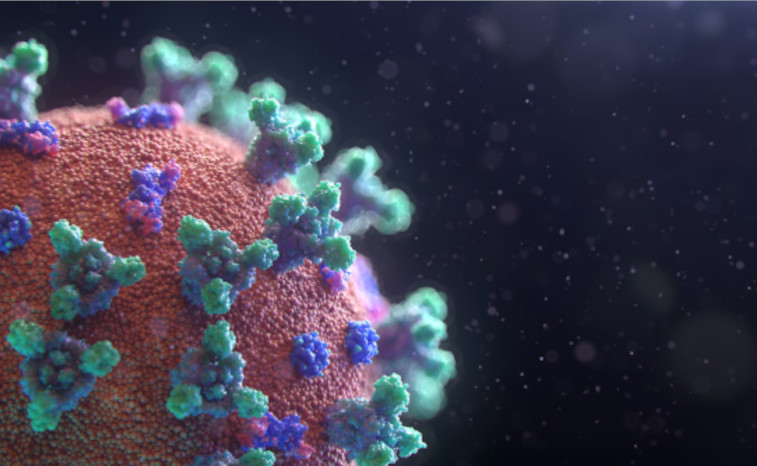Control of the SARS-CoV-2 pandemic requires targeted interventions, which in turn require precise estimates of quantities that describe transmission. Per-capita transmission rates are influenced by four quantities: the latent period (time from infection to becoming infectious); individual variability in infectiousness (defined by variation in intrinsic transmissibility and contact rate); the incubation period (time from infection to symptom onset); and the serial interval (time between symptom onset of an infector and an infected).
Exact knowledge of these four quantities contributes to our ability to control an outbreak1 but they can vary depending on disease-mitigating interventions2 and population structure, as well as the inherent properties of the SARS-CoV-2 variant3,4. Inaccurate estimates of the four quantities can lead to incorrect estimation of the time-varying reproduction number (Rt) (ref. 5) and the role or effectiveness of interventions such as testing, isolation and contact tracing on transmission.


